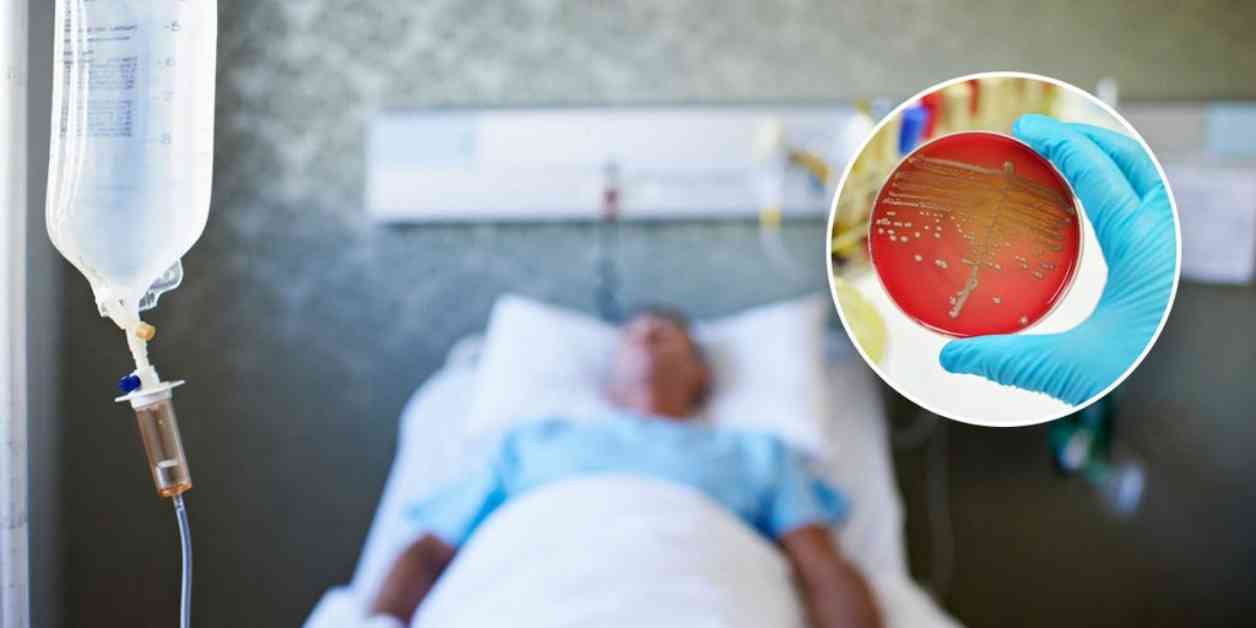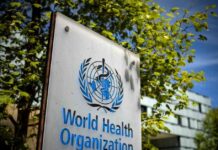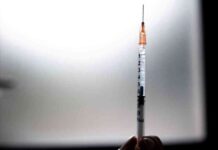Understanding Sepsis: Prevention and Facts in the US
Sepsis is a potentially deadly disease that arises from the body’s response to an infection, leading to a cascade of symptoms that can quickly become life-threatening if not promptly treated. As we kick off Sepsis Awareness Month this September, it is crucial to shed light on this often misunderstood condition.
Vicki Gunvalson, a star on “Real Housewives of Orange County,” recently shared her harrowing experience with sepsis after being hospitalized due to the illness. Gunvalson’s story serves as a reminder of the importance of recognizing the signs of sepsis and seeking immediate medical attention.
Sepsis, also known as blood poisoning, claims the lives of 350,000 American adults annually and is a leading cause of death in U.S. hospitals. Despite its prevalence, only 65% of American adults have ever heard of sepsis, highlighting the need for increased awareness and education about this dangerous condition.
Symptoms and Dangers of Sepsis
Common symptoms of sepsis include fever, chills, rapid heart rate, confusion, shortness of breath, extreme pain, and clammy or sweaty skin. It is essential to be aware of these signs and seek medical attention promptly if you suspect sepsis.
Dr. Marc Siegel, Fox News’ senior medical analyst, emphasizes the importance of recognizing the early signs of sepsis, such as fatigue and lethargy, which can be indicative of underlying infections like pneumonia. Early detection and treatment are crucial in preventing sepsis from progressing to a life-threatening stage.
If you suspect sepsis, remember the acronym “TIME” to act swiftly:
– T – Temperature (higher or lower than normal)
– I – Infection (know the signs and symptoms)
– M – Mental decline (confusion, sleepiness, difficulty awakening)
– E – Extremely ill (severe pain, discomfort, shortness of breath)
Prevention and Treatment of Sepsis
Preventing sepsis starts with maintaining good hygiene, staying current with vaccinations, and promptly treating infections. By practicing these preventive measures, you can reduce your risk of developing sepsis and its potentially fatal consequences.
Treatment for sepsis involves identifying the underlying infection and administering antibiotics promptly. In severe cases, surgery may be necessary to remove damaged tissue, and supportive measures like fluids and medications to support blood pressure may be required. It is crucial to seek medical attention immediately if you suspect sepsis to prevent the condition from worsening.
Myths About Sepsis
Despite its prevalence, there are many misconceptions surrounding sepsis. One common myth is that sepsis only occurs in hospitalized patients. In reality, around 87% of sepsis cases start before a patient enters the hospital, emphasizing the importance of recognizing the signs of sepsis in various settings.
Another misconception is that sepsis only affects immunocompromised individuals. While certain groups, such as older adults, infants, and those with chronic illnesses, are at higher risk, sepsis can affect anyone at any time. It is crucial to be aware of the risk factors and symptoms of sepsis to ensure timely intervention and treatment.
The Impact of Sepsis
Sepsis is a significant public health concern, claiming the lives of 350,000 American adults each year. Despite its staggering mortality rate, sepsis remains relatively unknown to many Americans. By raising awareness and educating the public about sepsis, we can save lives and prevent unnecessary suffering from this devastating condition.
Conclusion
In conclusion, sepsis is a life-threatening condition that demands immediate attention and treatment. By understanding the symptoms, risks, and prevention strategies associated with sepsis, we can work towards reducing its impact and saving lives. Stay informed, stay vigilant, and seek medical help if you suspect sepsis. Together, we can combat this silent killer and protect the health and well-being of our communities.

















